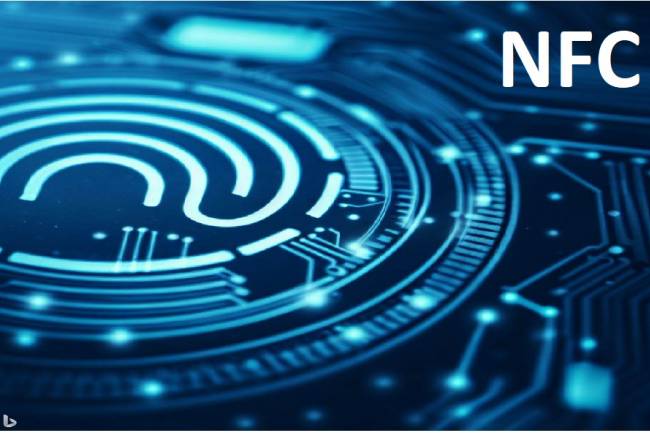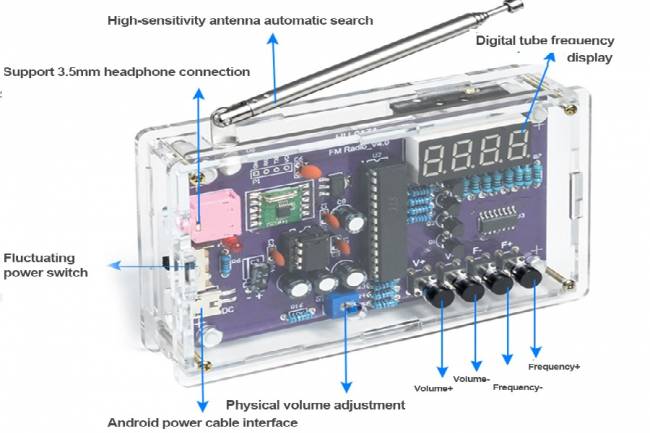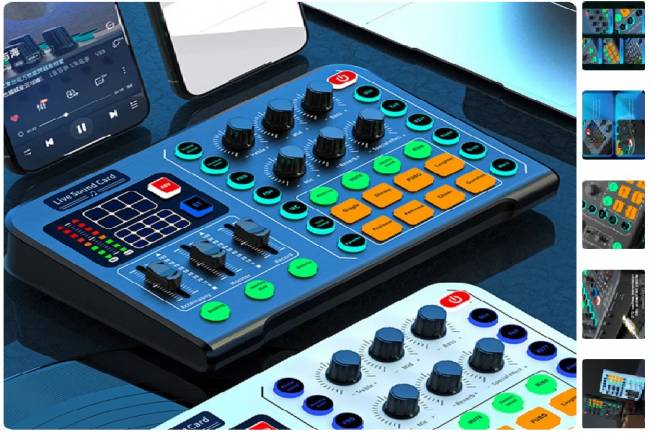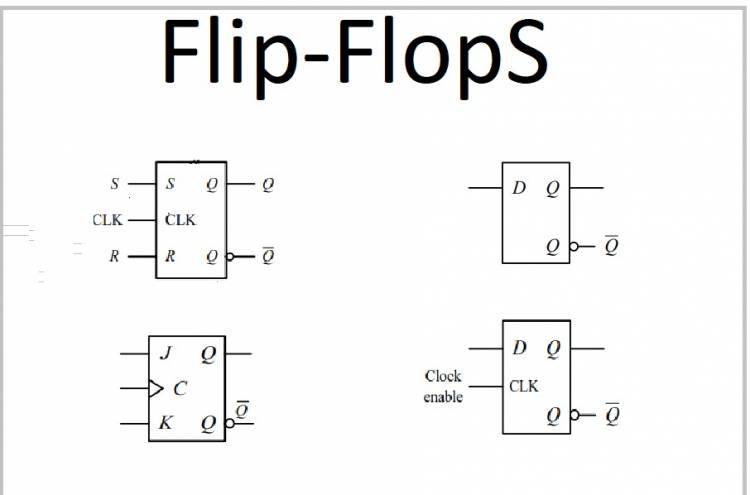
Memory and Controllers: The Role of Flip-Flops in Digital Electronics
In digital electronics, circuit elements called flip-flops are used as memory cells.
Flip-flops are basic memory units capable of storing one bit of (binary) information. These memory elements are often used in applications such as electronic counters, memory circuits, register circuits and timing circuits.
Flip-flops are memory elements that basically have two states: "set" and "reset" states. That is, a flip-flop switches to a certain output state when a certain input signal is received and stores that state until it changes. The most common types of flip-flops are:
Type D Flip-Flop (D Flip-Flop): This flip-flop copies the input signal directly to the output. When the input signal changes, the output immediately reacts to it. It is generally used in data recording and transfer operations.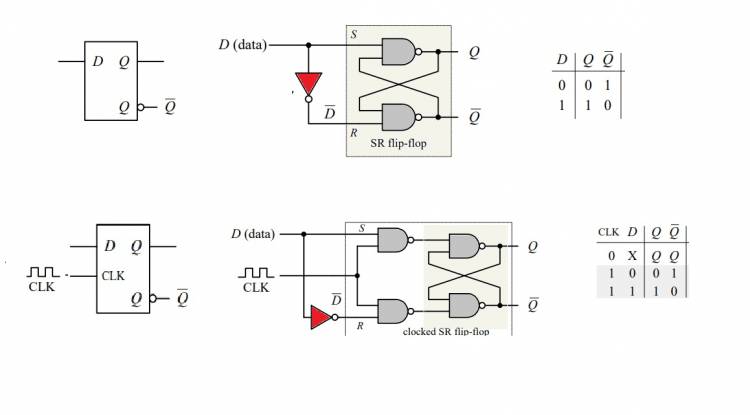 JK Flip-Flop: This type of flip-flop has more control features. The output status can be manipulated with the inputs "J" and "K". It is used in counter and sequencing circuits as well as in D-type flip-flops.
JK Flip-Flop: This type of flip-flop has more control features. The output status can be manipulated with the inputs "J" and "K". It is used in counter and sequencing circuits as well as in D-type flip-flops.
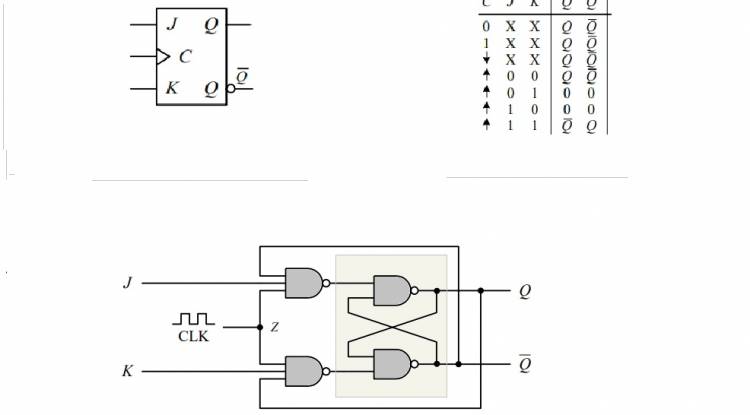
T Type Flip-Flop (Toggle Flip-Flop): This flip-flop changes its output to the inverse of the input signal. In other words, every input signal changes, the output also changes. It is widely used in counter circuits and frequency divider circuits.
S-R Flip-Flop (Set-Reset Flip-Flop): This flip-flop has "set" and "reset" inputs. When one input is high (1), the flip-flop goes to the "set" state, and when the other input is high, it goes to the "reset" state. It is often used in complex logic circuits.
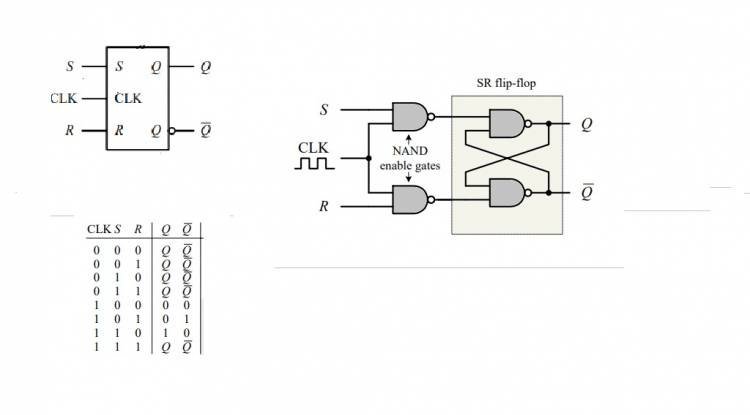
Flip-flops are used to temporarily store information in digital circuits, process and perform timing functions. This covers many different application areas, from computer memories, counter circuits, sequence circuits to triggers.


